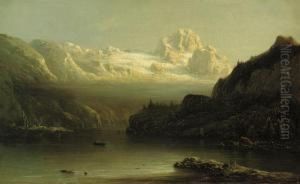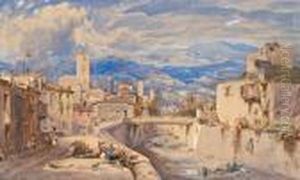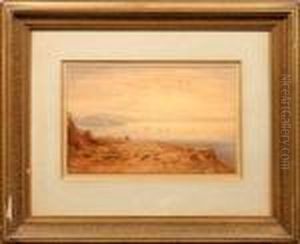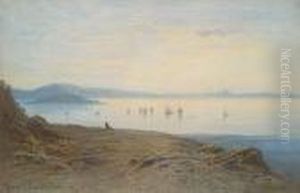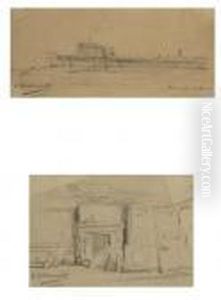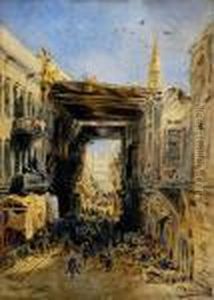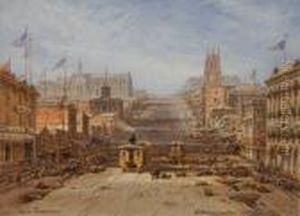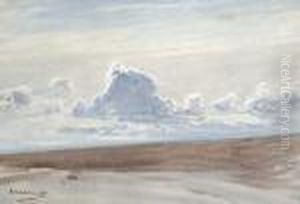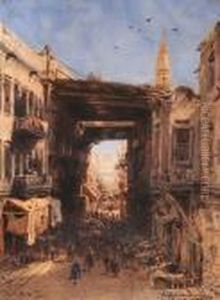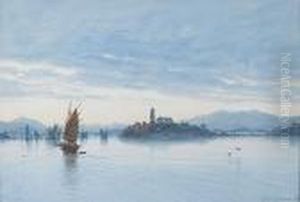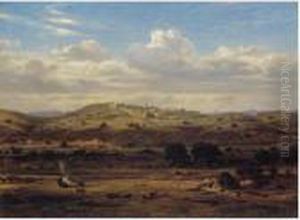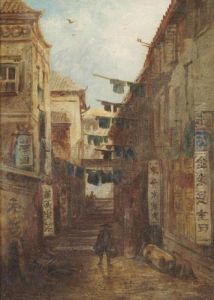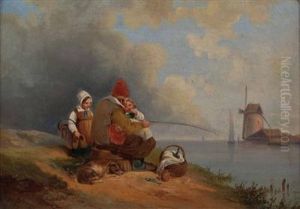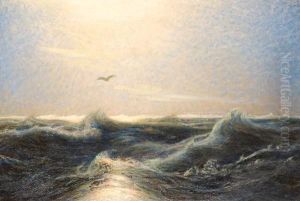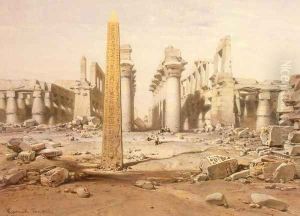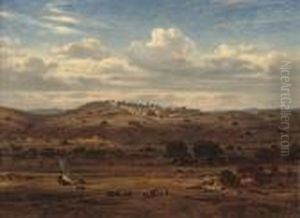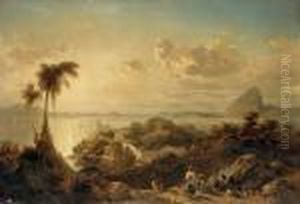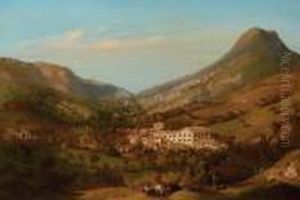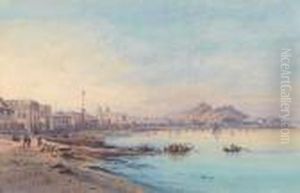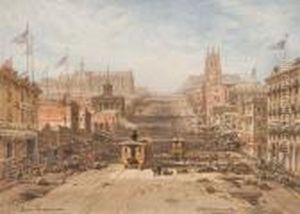Eduard Hildebrandt Paintings
Eduard Hildebrandt was a notable German painter, born on September 9, 1818, in Danzig (now Gdańsk, Poland). Hildebrandt began his artistic journey at a young age and received his initial training in Berlin under Wilhelm von Schadow, who was the director of the Berlin Academy of Art. His early work primarily involved painting interiors and he later developed a keen interest in watercolors.
Hildebrandt's career took a significant turn when he started traveling extensively, which had a profound impact on his work. He visited countries like Brazil, Chile, and various other parts of South America in the early 1840s. His travels did not stop there, as he continued to explore other regions including North America, the Middle East, India, and East Asia. These journeys provided him with a rich tapestry of experiences and subjects to include in his art.
He became particularly well-known for his adept use of watercolor to capture the subtle nuances of the landscapes and scenes he witnessed on his travels. Hildebrandt's works are characterized by their vivid detail and the ability to convey the atmosphere of the locales he painted. He had a talent for capturing the light and color of these places, which made his paintings highly sought after by contemporaries who were eager to catch a glimpse of the world through his eyes.
In 1862, Hildebrandt was appointed a member of the Berlin Academy. His paintings continued to enjoy considerable success, and he held exhibitions in many major European cities. One of his most significant projects was a collection of watercolors titled 'Round the World', which was based on his extensive travels and exhibited in London in 1866.
Eduard Hildebrandt passed away on October 25, 1869, in Berlin. Although he is not as widely known today as some of his contemporaries, his work remains a valuable record of 19th-century landscapes and cityscapes, reflecting the world as it was seen through the eyes of a highly skilled and adventurous artist.






